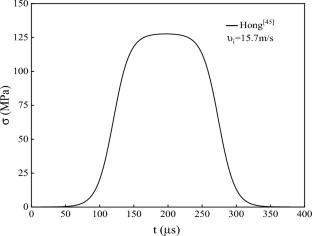A predictive model for average fragment size in rock dynamic fragmentation based on crack interactions
Abstract
Understanding crack dynamics across multiple scales in rock masses is crucial for revealing the mechanisms of rock dynamic fragmentation. This study develops a novel predictive framework for estimating average fragment size through the synergistic integration of two mechanics-based models, the dynamic wing crack propagation model and the dynamic column buckling instability model, with a particular emphasis on multiscale crack interactions. We systematically investigate how the strain rate and initial crack concentration influence the dynamic strength properties and fragmentation patterns. Key findings show that increasing the strain rate increases the dynamic strength while decreasing the average fragment size. Significantly, rock strength is reduced when double-scale crack interactions are considered compared to single-scale analyses. Progressively increasing the initial crack concentration asymptotically reduces the dynamic strength towards a threshold value, accompanied by a corresponding reduction in fragment size. Notably, the model predictions align well with the experimental data, highlighting the effectiveness of the proposed methodology in capturing the key physics of rock fragmentation processes. These findings offer valuable insights for optimizing rock fragmentation strategies in engineering applications.


 求助内容:
求助内容: 应助结果提醒方式:
应助结果提醒方式:


